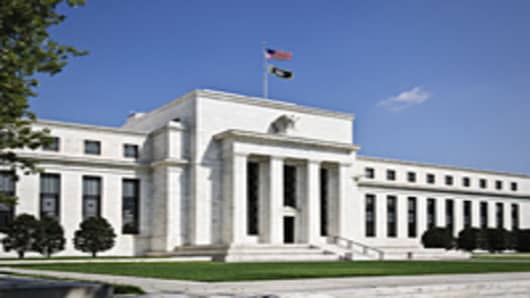The U.S. Federal Reserve could ease monetary policy when policymakers meet in August or September, although a large move is more likely to come only after the elections later in the year, Goldman Sachs said in a report.
In a testimony before the Senate Banking Committee on Tuesday, Federal Reserve Chairman Ben Bernanke offered no new hints that the central bank is planning more easing, but repeated a pledge that the Fed “is prepared to take further action as appropriate to promote stronger economic recovery.”
“While we think that a modest easing step is a strong possibility at the August or September meeting, we suspect that a large move is more likely to come after the election or in early 2013, barring rapid further deterioration in the already-cautious near term Fed economic outlook,” Goldman Sachs economist Andrew Tilton said in a report.
Tilton said that the lack of inclusion of easing options in Bernanke’s prepared testimony suggested a lower probability of a big easing step at the August monetary policy meeting. Extending the current guidance that rates will remain “exceptionally low…at least through late 2014” appears the path of least resistance should the Fed decide to ease policy in August or September, the report said.
“The bottom line: our base-case expectation is for an extension of the rate guidance by September, with a larger easing action (asset purchases or a "credit easing" program) in December or early 2013,” Tilton said in the report.
The U.S. central bank has held overnight borrowing costs near zero since December 2008 and has bought $2.3 trillion in government and mortgage-related debt to push long-term interest rates lower.
As the economic recovery faltered, the Fed promised to hold rates at rock bottom levels until at least 2014, and, at its June meeting, it extended a program to lengthen the average maturity of bonds in its portfolio to depress long-term borrowing costs.




